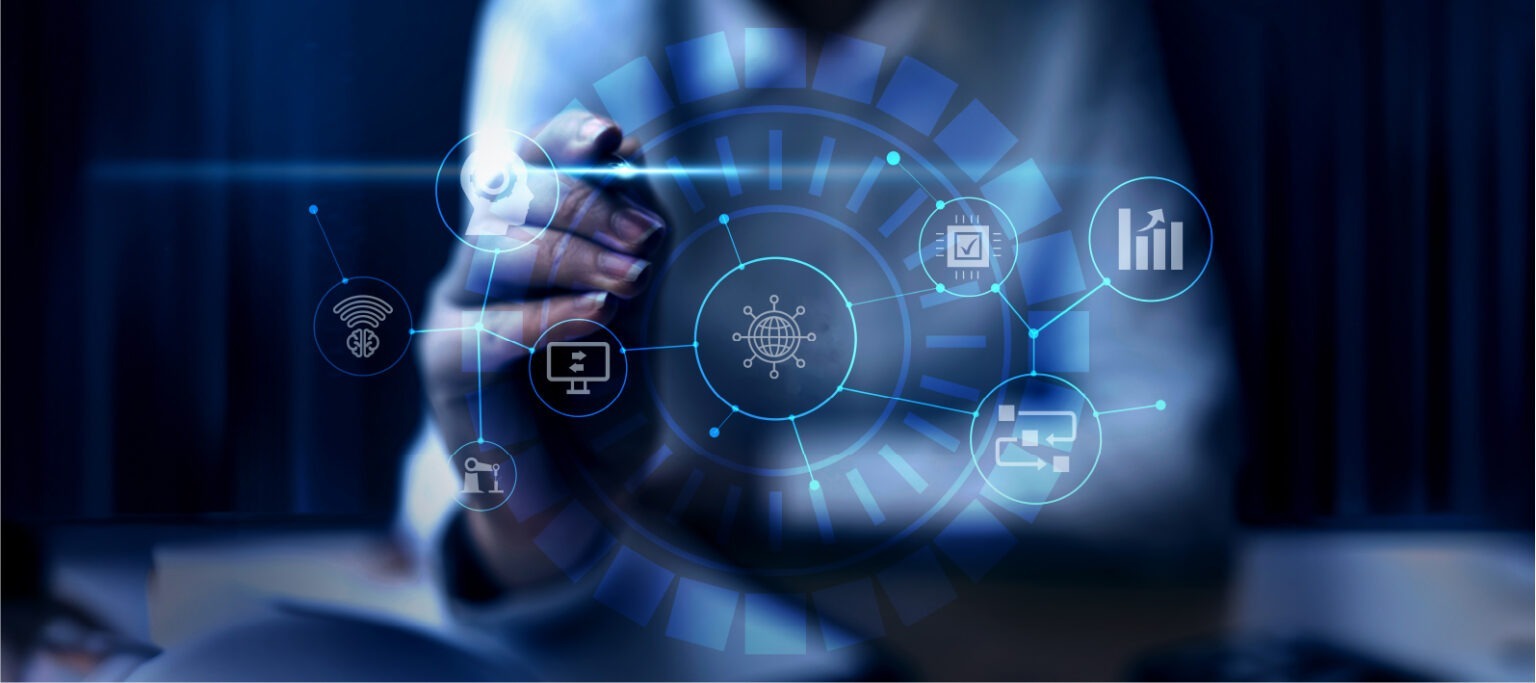Just as preflight safety briefings instruct you to put your own oxygen mask before helping anyone else, taking care of your customers or users begins with taking care of your organization or agency. Last year was a masterclass for many in customer experience (CX). Everyone from government agencies to small business owners had to shift suddenly to accommodate self-service, mobile-friendly, digital support at a rapid pace. Looking back into the past year can inform how a focus on CX will define organizational success well into the future.
Changing Demands Redefine CX
As many learned quickly last year, remote call centers rely heavily on collaboration technology, which starts with utilizing a public, private, or hybrid cloud solution so the business is not reliant on on-premise solutions. These technologies may also include videoconferencing equipment, mobile hotspots (to compensate for overloaded consumer broadband services), and more. Organizations that previously thought of these things as “nice to have” versus required technology quickly realized that not having them could be a showstopper for their business continuity efforts. Put simply, you cannot provide any customer experience if your organization cannot function in the current environment.
Similarly, many consumers felt the shift as digital-led experiences went from luxuries to requirements seemingly overnight. Many who had never or rarely ordered home delivery or store pickup before 2020 came to rely exclusively on it. Some organizations even shifted paperwork requirements to accommodate changing demands from customers (e.g., requiring digital signatures versus wet or printed and scanned documents). Changes such as these are likely to define CX, and ultimately organization success, for years to come.
CX in the Public Sector
While the commercial sector received the lion’s share of the attention, government agencies made significant strides in CX in 2020. The IRS recently created the role of Chief Taxpayer Experience Officer under the Taxpayer First Act with a goal of reinventing the taxpayer experience, enhancing employee training, and restructuring to promote collaboration and innovation. They also have a separate organization that reports directly to the deputy commissioner for services office, which is highly focused on the UX and CX aspects of IRS’s online services portfolio.
The Office of Management and Budget’s “Fed CX Mandate” (OMB Circular A-11, Section 280) provides guidance on implementing a CX framework and leading practices for measuring and managing overall CX. However, to take CX to the next level, agencies’ digital services will need to integrate with updated applications and infrastructure.
In terms of what CX success actually looks like in action, a few examples would be the cost-savings and efficiencies achieved in administering wilderness permits, the National School Lunch program and veteran employment efforts; enhanced social services and disaster response; and streamlining the taxpayer experience. Commercial CX experiences may receive wider attention, but government CX experiences may be more impactful.
Partnering for CX Success
Efforts such as creating and scaling shared services for user identity verification can deliver savings as well as increased confidence and privacy over traditional channels such as written correspondence, phone calls, or in-person visits. But for agencies and commercial organizations alike, it’s nearly impossible to evolve without a partner who offers project management services, cutting-edge technologies, and application development.
When it comes to putting action and training plans to the test, nobody knows better than GDT’s CX team that communication is the linchpin of a solution’s success. Without it, adoption rates are low, metrics and KPIs aren’t met, the fear of change is validated, and desired business outcomes quickly fail. GDT’s CX & Lifecycle practice ensures software and network expenditures deliver exactly what you need from them, creating action plans that align technology feature sets to impacted business processes, ensure effective end-user awareness, and conduct knowledge transfer workshops to further drive technology adoption. Learn more here.




